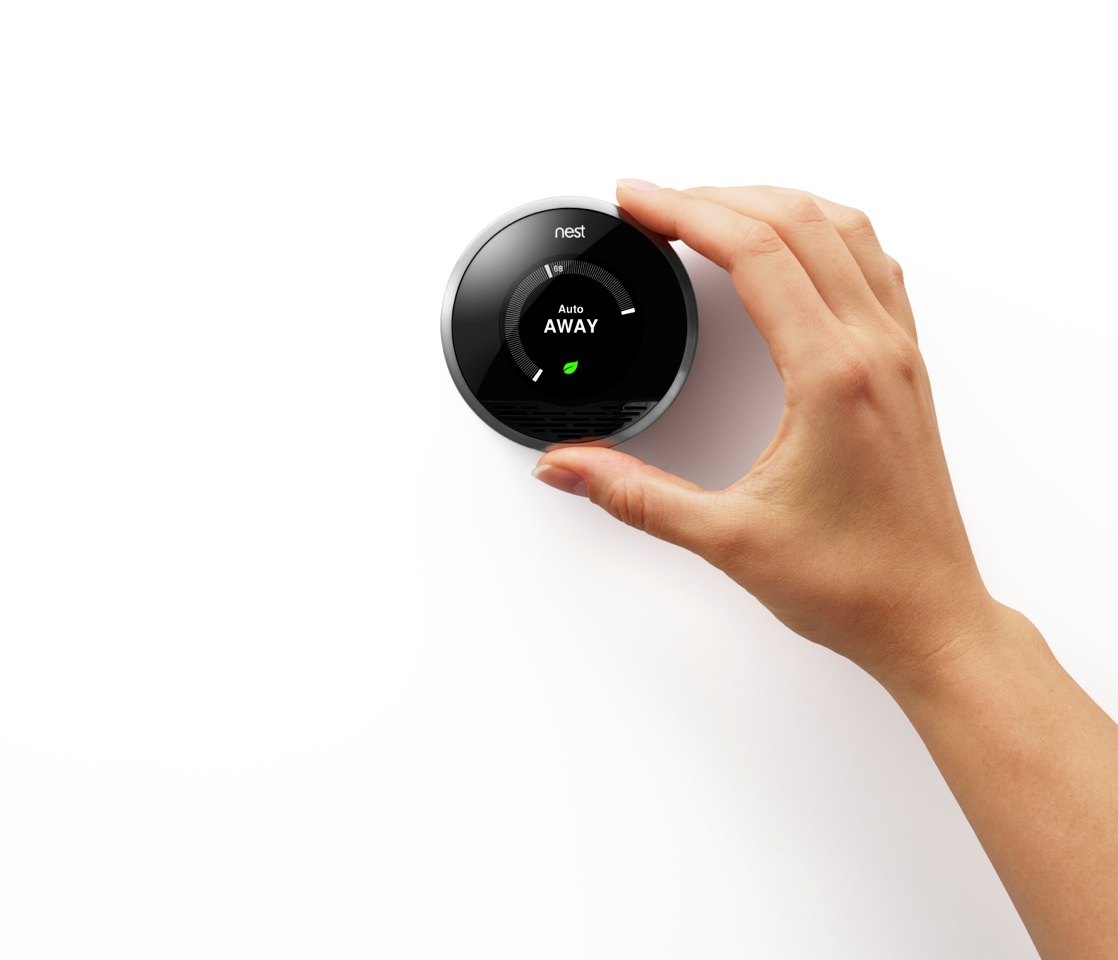Cut A/C Costs with a Programmable Thermostat
 The 2009 International Energy Conservation Code (IECC), commonly referred to as "the energy code", requires at least one clock setback thermostat be installed in a new home. Setback thermostats, when properly programmed, can help reduce energy use by setting your air conditioner higher or your heat lower automatically when you are out of the house or (if you are willing) when sleeping. As an Atlanta contractor and green building consulstant, people ask me frequently if a setback thermostat will change their energy consumption. They actually work better in houses that are not well-insulated or air sealed.
The 2009 International Energy Conservation Code (IECC), commonly referred to as "the energy code", requires at least one clock setback thermostat be installed in a new home. Setback thermostats, when properly programmed, can help reduce energy use by setting your air conditioner higher or your heat lower automatically when you are out of the house or (if you are willing) when sleeping. As an Atlanta contractor and green building consulstant, people ask me frequently if a setback thermostat will change their energy consumption. They actually work better in houses that are not well-insulated or air sealed.
You’ve probably noticed that when the temperature outside drops quickly, your house gets cold pretty fast. If you’re not in the house when that happens, and you don’t use a setback thermostat, your heat will turn on and work hard to keep the house warm while you’re not there. A setback thermostat can save energy by not running the heat until just before you get home. When your home is well insulated and air sealed, the indoor temperature changes much more slowly, so the setback function doesn’t save as much energy.
One big problem with setback thermostats is that they can be tough to program. Remember VCRs? Hardly anyone knew how to program them to record a show, or even set the time. Most of them just flashed 12:00 all the time, unless of course, you put a piece of tape over the display. So if you can’t or won’t program your thermostat, you may as well not have it. If you are willing to make the effort of manually setting back your thermostat when you leave the house and go to bed, and don’t forget too often, then you don’t need a programmable one. You can do quite well by just behaving responsibly about your energy use.
A new programmable thermostat, The Nest, is a very cool “learning” programmable thermostat. Instead of trying to figure out the complicated programming, you just spend the first week changing the settings as you come and go – AC temperature up or heat down when you leave for work, back to where you want it when you get home, and again when you go to bed and get up in the morning. The Nest remembers your settings, programming it automatically. You can make changes anytime you want, but changing the temperature doesn’t keep it from setting back at the times it learned. Over time, if your patterns change, it adjusts itself. You can also access it through the internet or an iPhone app, allowing you to change setting if you are coming home late or early, or just want to show off to your friends.
If you’re super geeky, there are more complicated internet based thermostats that are tied into whole house control systems that allow you to change temperature, turn lights on and off, and even see how much power your house is using, all remotely. But let’s not get ahead of ourselves. If your house is really super efficient, setting back your thermostat won’t make a big difference, but for most of us who live in average, inefficient, homes, using less heat and A/C when we don’t need it will save energy. Whether you do that by figuring out how to program a setback thermostat, by using a Nest or by simply changing the temperature manually doesn’t matter, as long as you actually do it.
Looking for a Pro? Call us (866) 441-6648

Heating & cooling Average Costs
HVAC Contractors Experiences

Circulator Pump Repair Took Care Of A Minor HVAC Emergency

Furnace Replacement So Our Heat Won’t Fail In The Winter Cold



